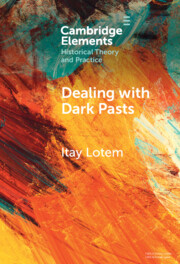Inspired by the life and work of the late anthropologist Nancy Abelmann (1959–2016), this essay reflects upon public evocations of human vulnerability as central to understanding recent cultural phenomena and political transformations leading up to and during the Candlelight Revolution in South Korea. In this regard, how did the color vivid yellow come to define both spaces of protest and markers of dissident identity? Considering the prevalence of yellow ribbons, yellow balloons, yellow butterflies, and yellow paper lifeboats, what does it mean for such objects to have been circulated and recirculated in layered metaphorical assemblages that constituted new forms of public memory and new practices of political mobilization? This article addresses both the massive, peaceful Candlelight protests of 2016–17 that took place in downtown Seoul and the decade-long peace movement centered on Jeju Island's Gangjeong Village in order to theorize a vital politics of fragility that has imbued influential narratives, activist coalitions, and the material culture of protest in South Korea.
